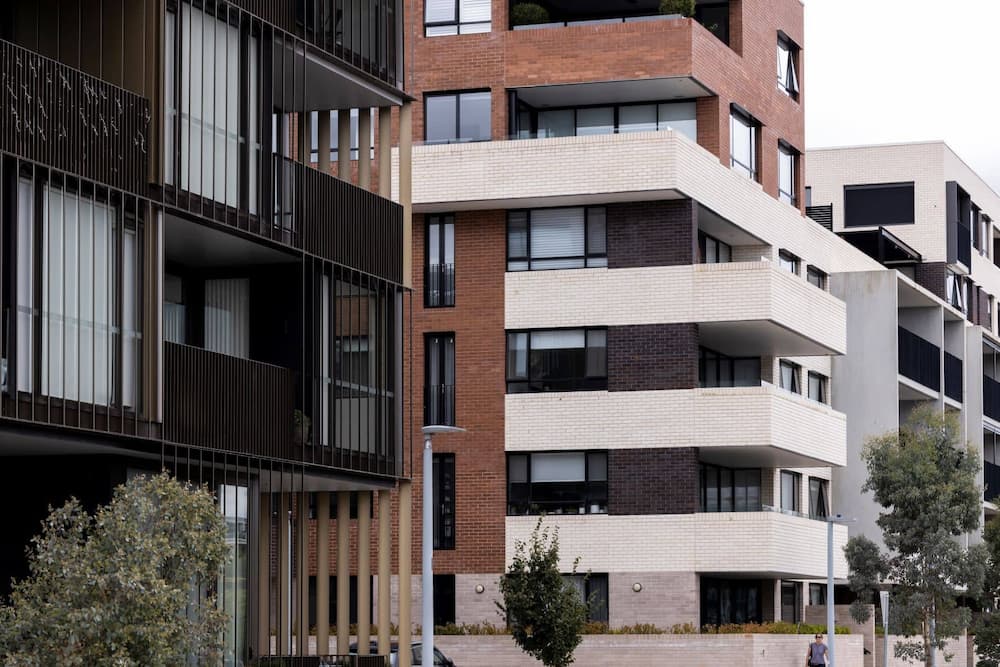In the wake of the Reserve Bank of Australia’s (RBA) latest cash rate rise to 1.35 per cent, “hardworking Australians” are set to face higher costs of living, according to Federal Treasurer Jim Chalmers.
The cash rate has risen by 1.25 per cent in the last three months while the national vacancy rate has hit its lowest point on record for the fourth consecutive month at just 1.0 per cent, shown in the latest Domain Rental Vacancy Report.
Canberra’s vacancy rate as of June 2022 sits at 0.8 per cent.
The RBA has promised more monetary policy tightening to come, but where does that leave Canberra renters, who are facing the most expensive rental market in the country?
Executive Director of Better Renting, Joel Dignam, said the cash rate is actually less influential on rental pressures compared to the current vacancy rate.
“When we consider what this change means for people who rent, we need to remember that landlords charge as much as they can given market conditions. This amount doesn’t necessarily have anything to do with the costs incurred by an individual landlord,” Mr Dignam said.
“We didn’t expect to see rents go down because interest rates were decreasing, and we don’t expect the reverse to be true either. Our concern isn’t the cash rate, but the vacancy rate.
“There aren’t enough properties out there at the moment for people looking to rent and that is what is making it possible for landlords to jack up rents. Governments need to take responsibility for providing more affordable housing for people on low incomes. That’s going to do more for rental affordability than worry about every change in interest rates.”
President of the Real Estate Institute of Australia (REIA) Hayden Groves said Mr Dignam’s assessment was a “good observation”.
“Certainly, vacancy rates do contribute more substantially to tenants having to compete to secure a rental. That’s well observed, and it goes back down to again the lack of supply of rental stock we have across Australia, and that does really need to be addressed to make renting more affordable,” Mr Groves said.
“Within this current inflation environment, interest rates rising makes rental affordability worse. Traditionally, first home buyers when they buy, they free up a lot of rental stock, often coming out of a rental and into a first home. Not always, but often.
“As a result, when interest rates rise, the opportunity for first home buyers to buy is constrained because of lack of affordability and they stay in rentals longer, resulting in less supply and rising rents.”
CoreLogic research analyst Kaytlin Ezzy said the upwards trend in rents has mostly occurred due to a combination of low supply and higher demand caused by shrinking household sizes.
Ms Ezzy said the shortfall in rental supply has placed “considerable pressure” on the market.
“This sustained period of strong rental growth has seen national dwellings record the highest annual growth in rental values since December 2008, when rental demand was supported by record levels of international migration,” she said.
“However, the current surge in rental demand has occurred largely in the absence of overseas migration and has instead been driven by factors including low supply and a decrease in the average household size, which has amplified domestic rental demand over the COVID period to date.”
Australian Bureau of Statistics data from the most recent Census shows that 30.6 per cent of Australians are renters.
With the RBA forecasting inflation to peak later this year, affordability and supply within the rental market will most likely get worse before it gets better.



